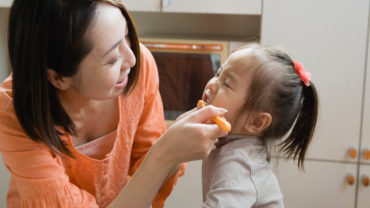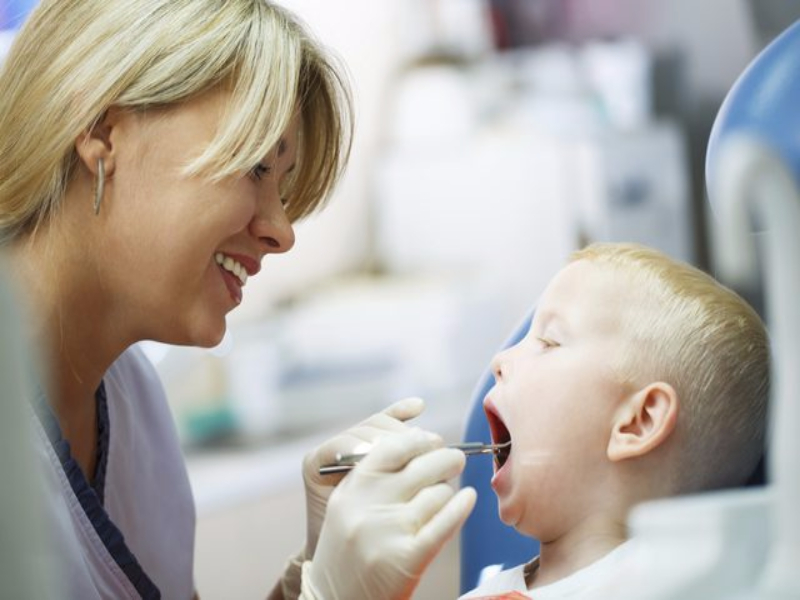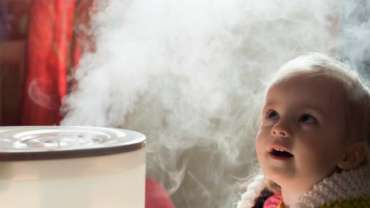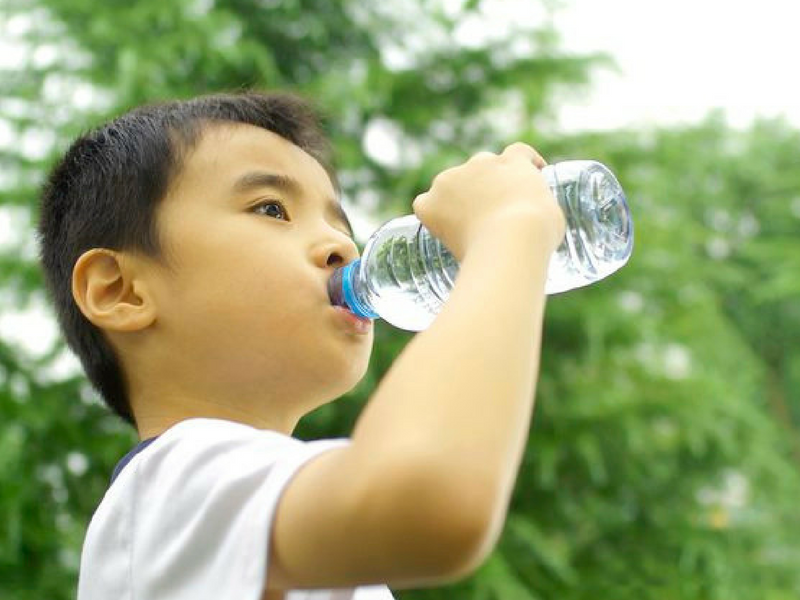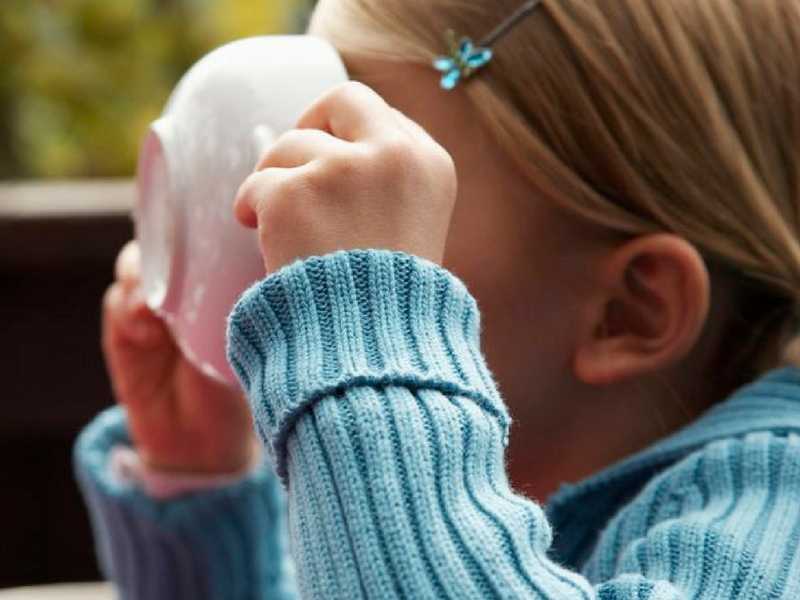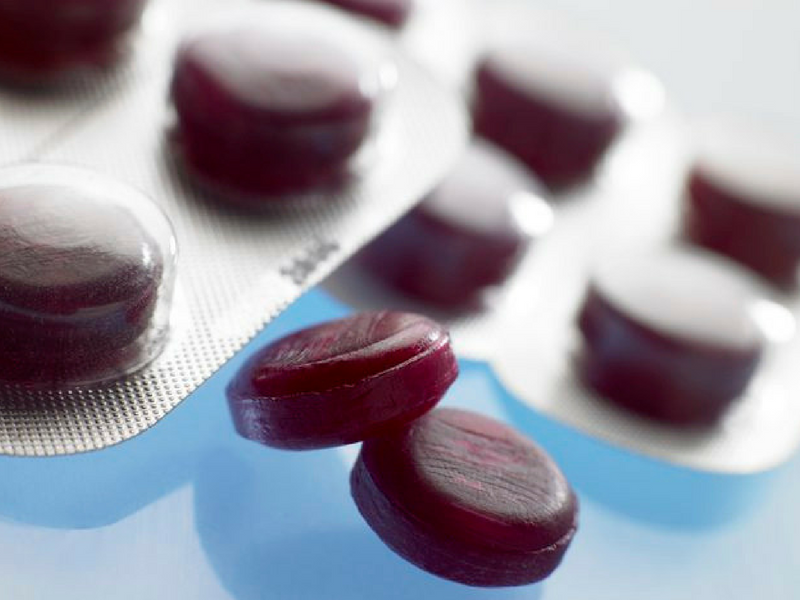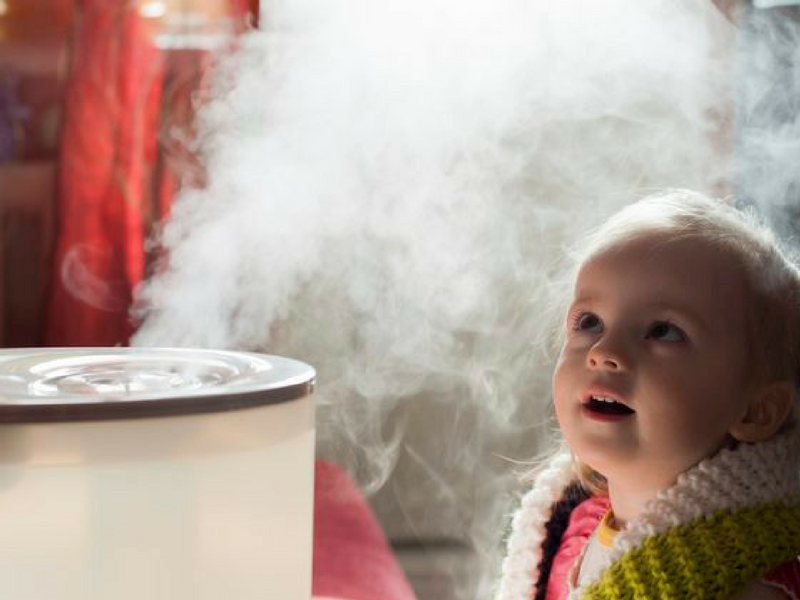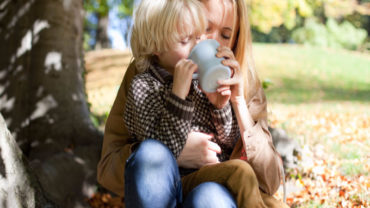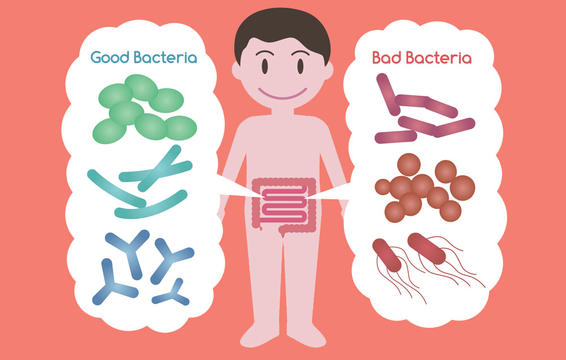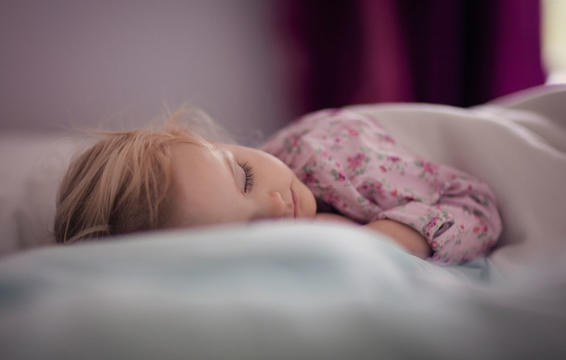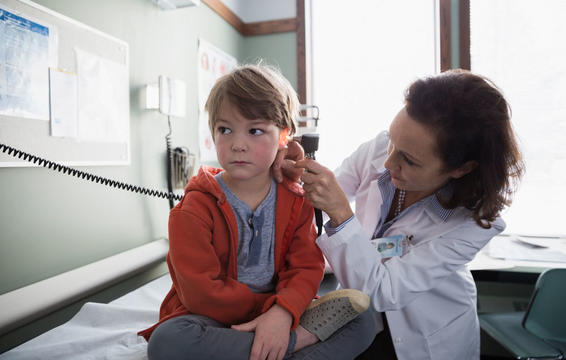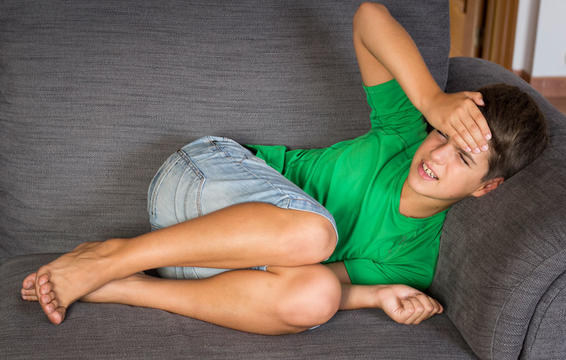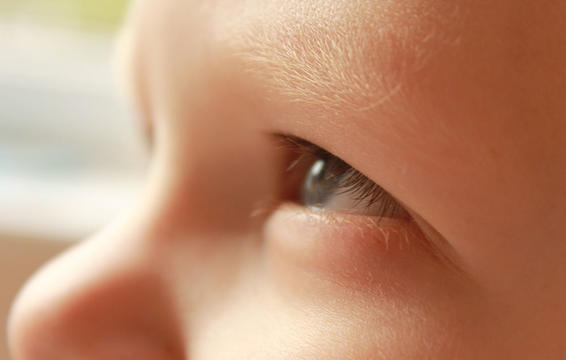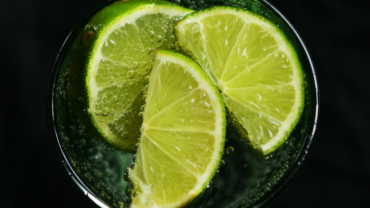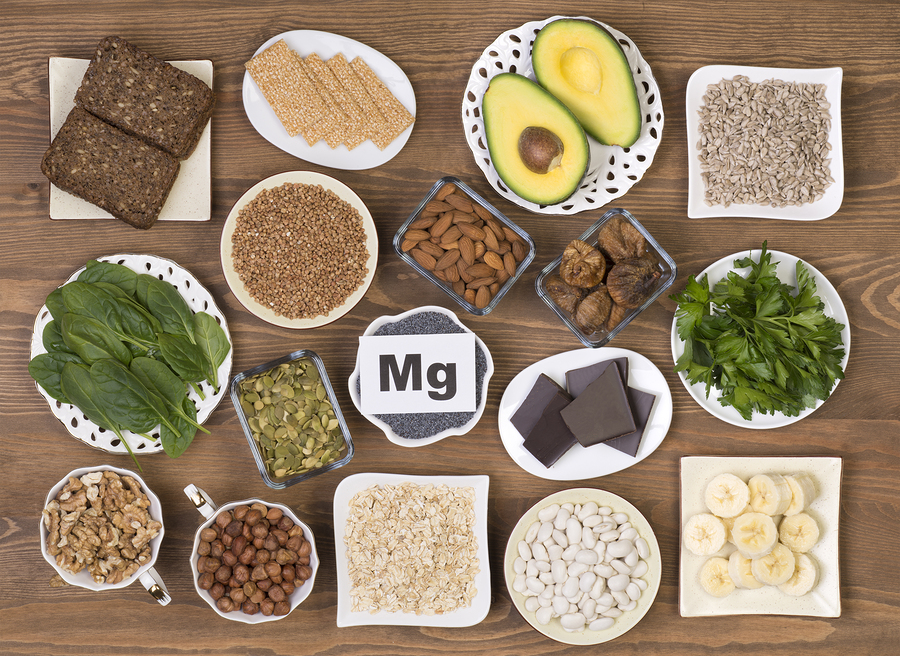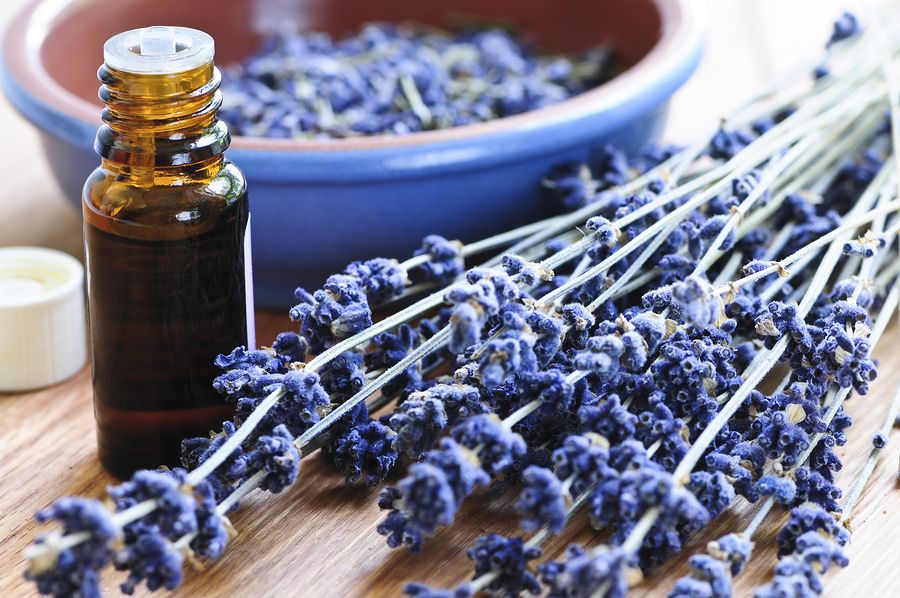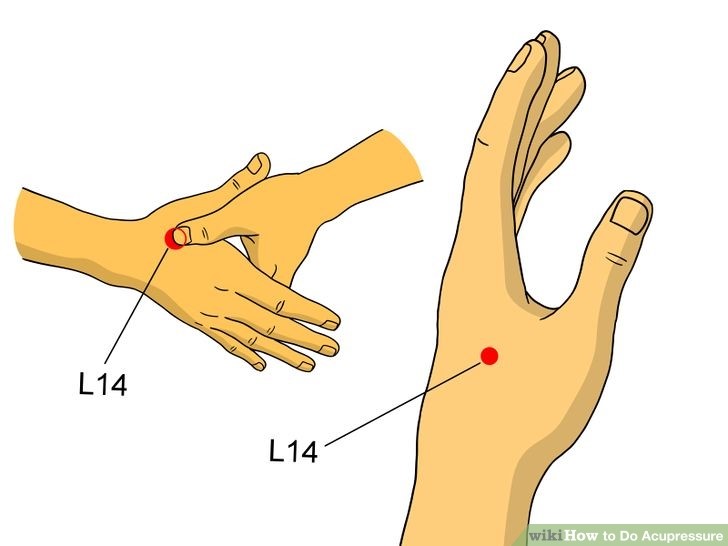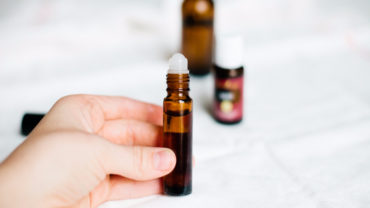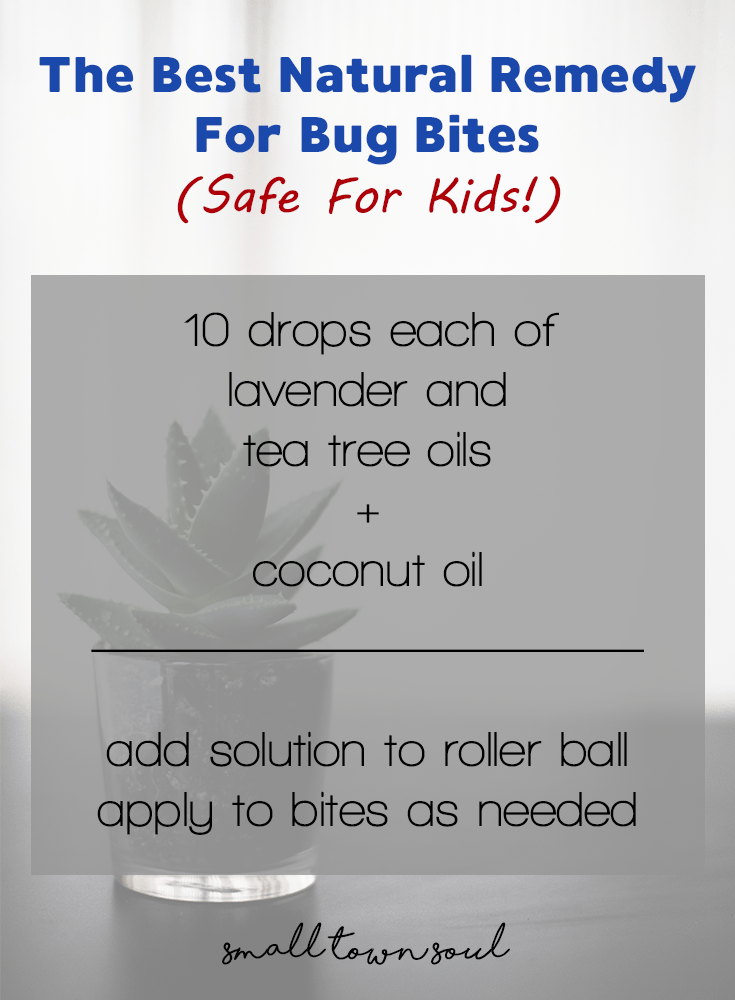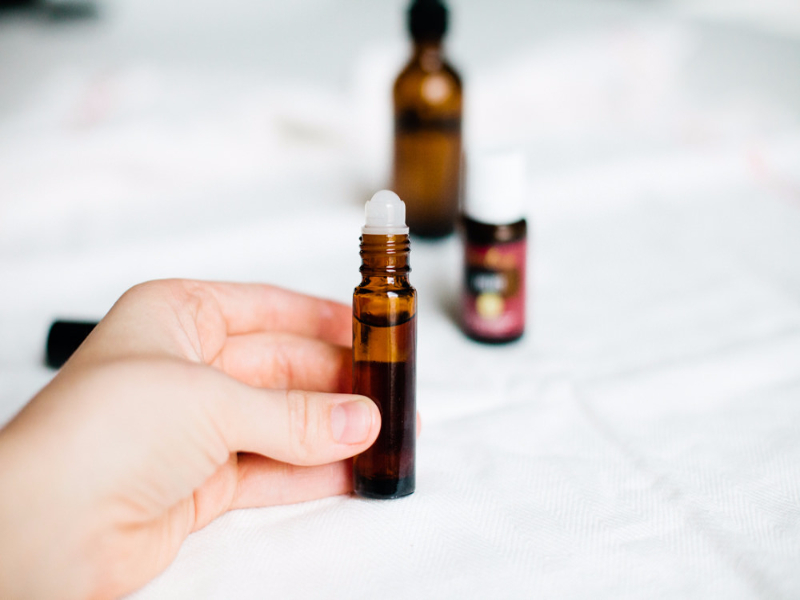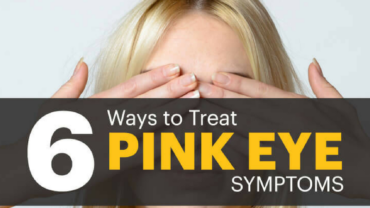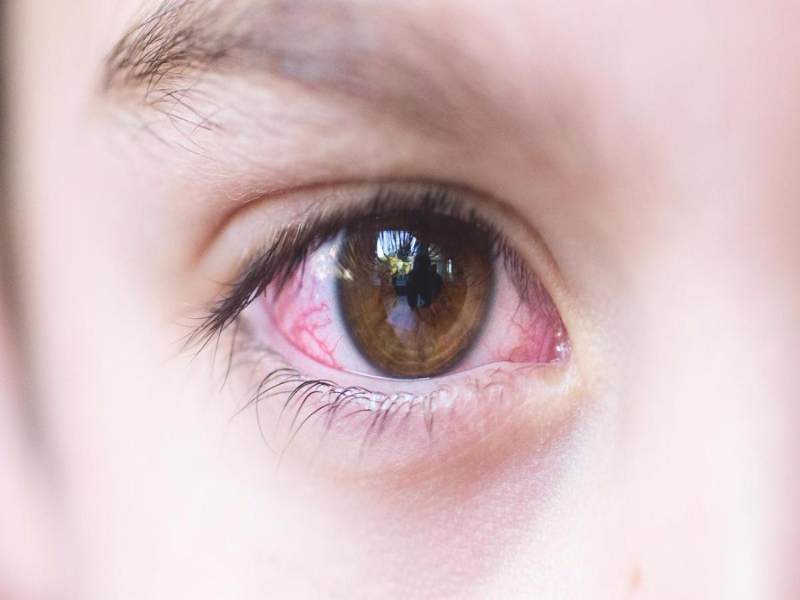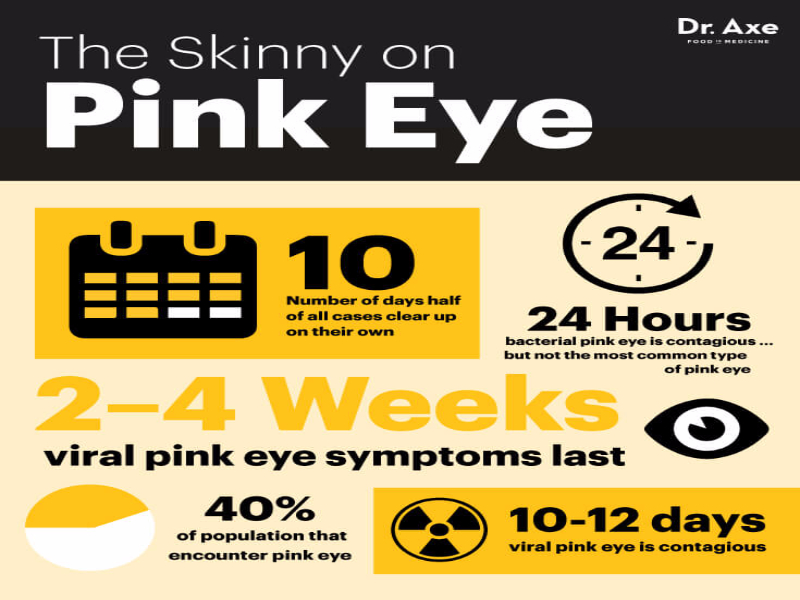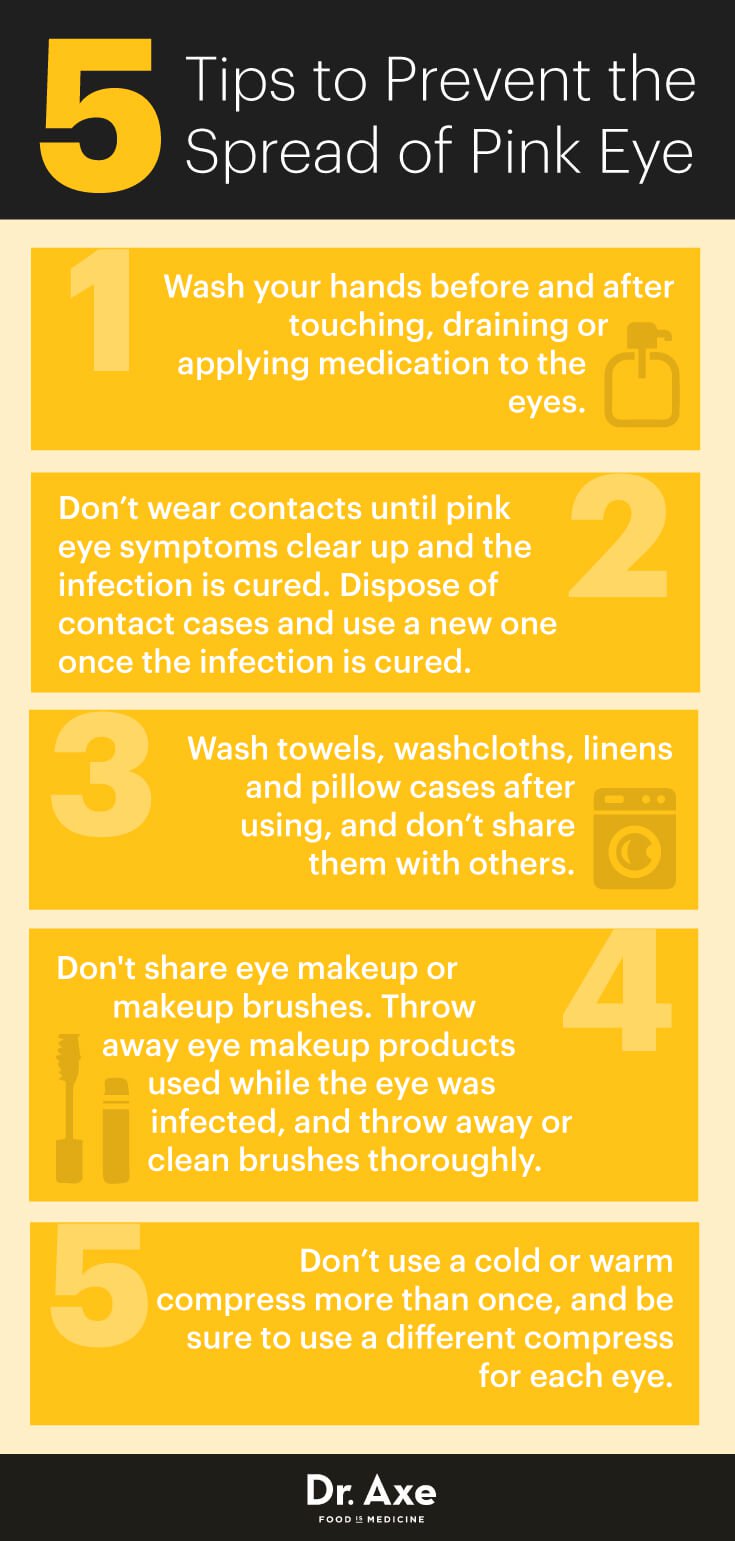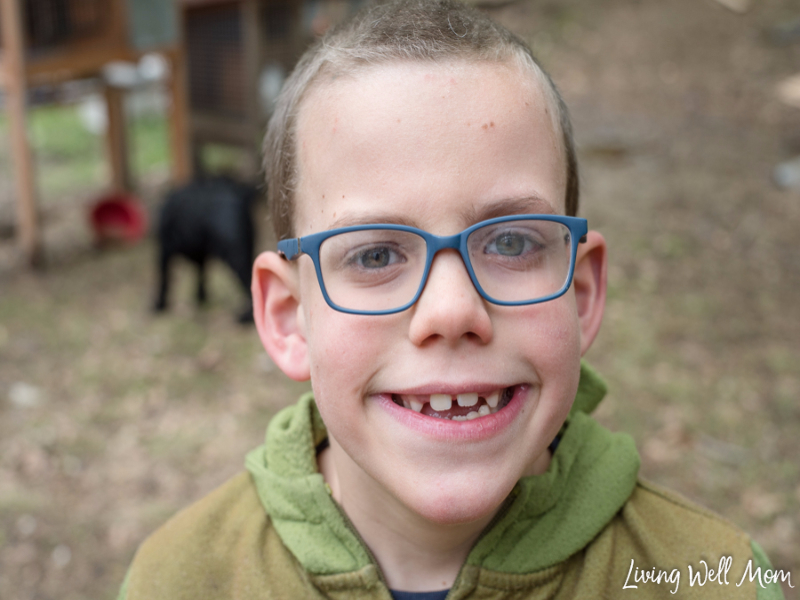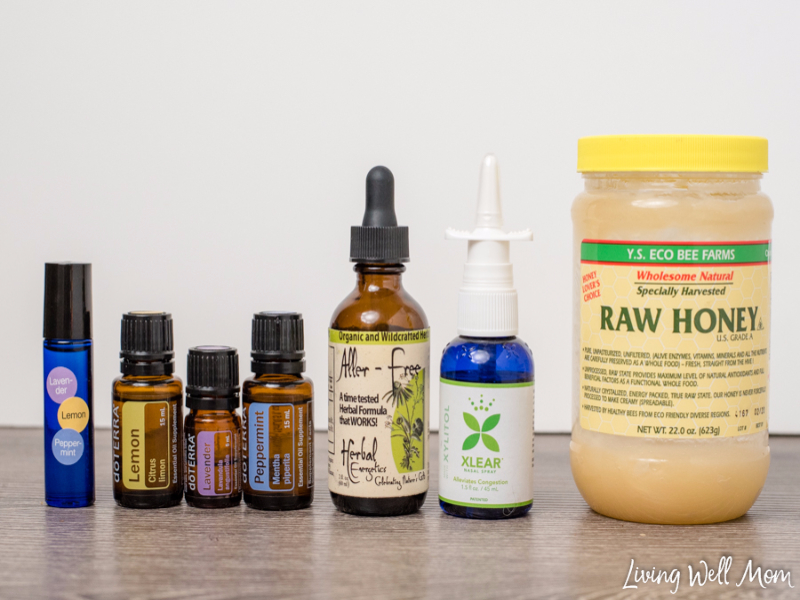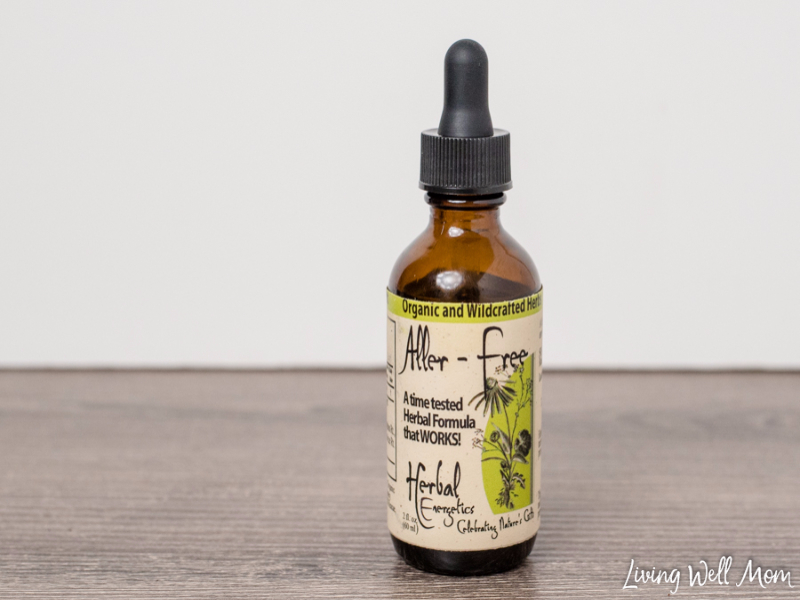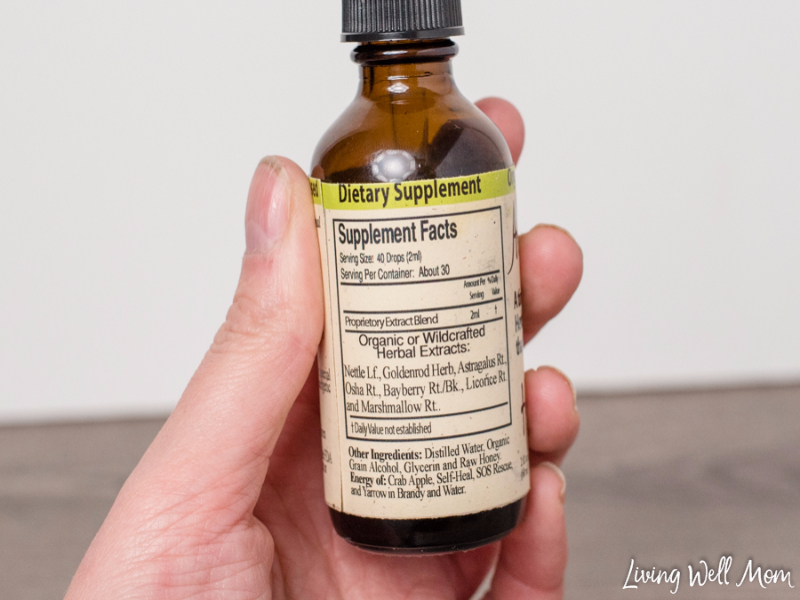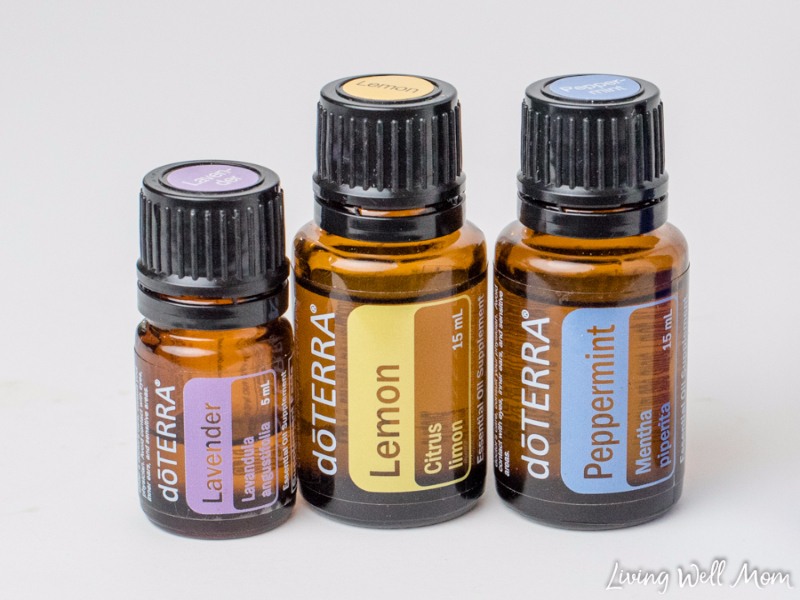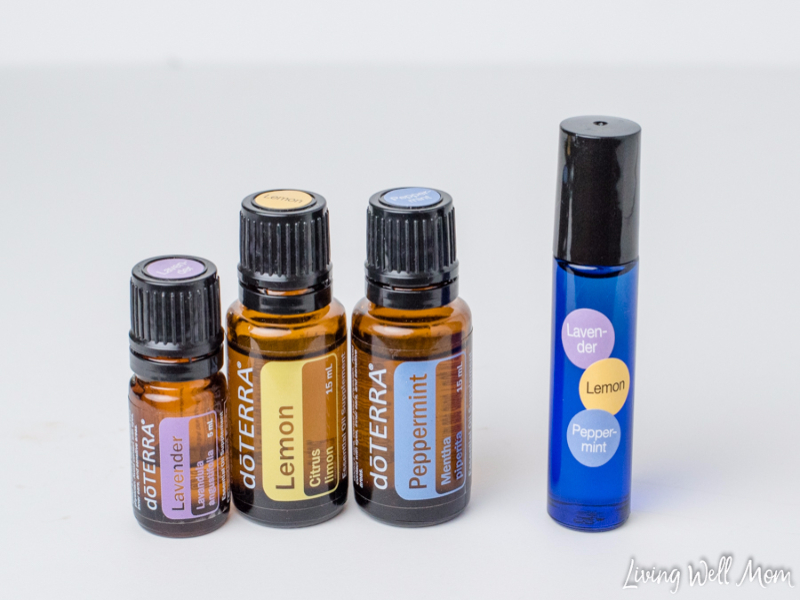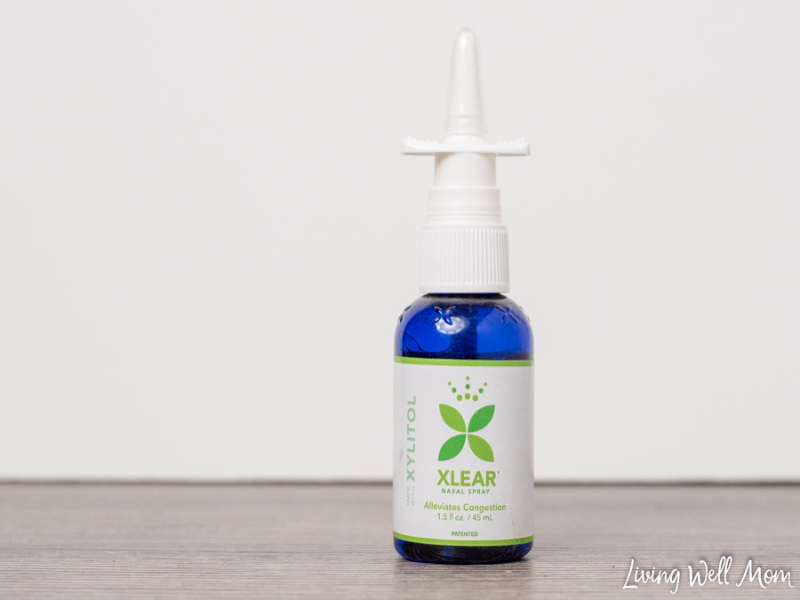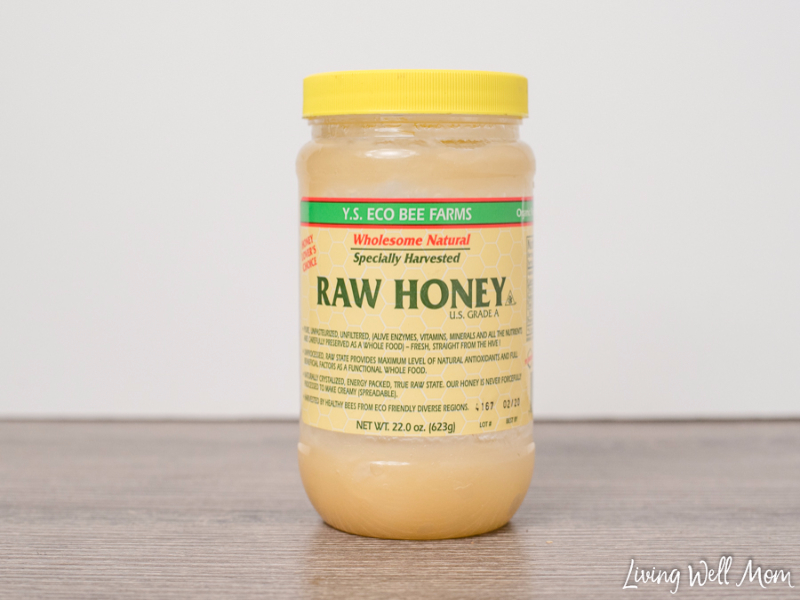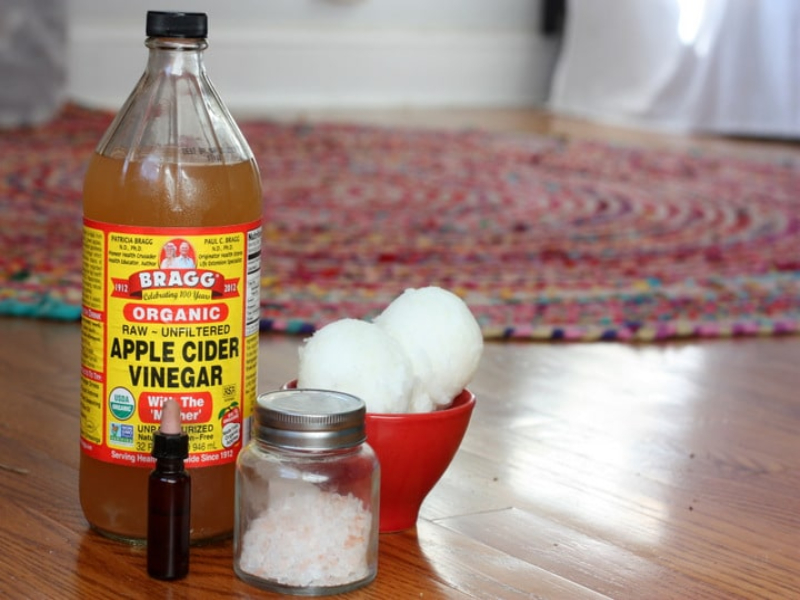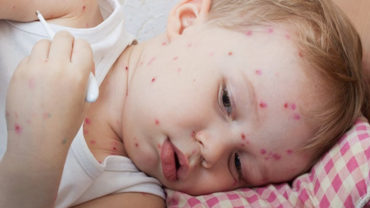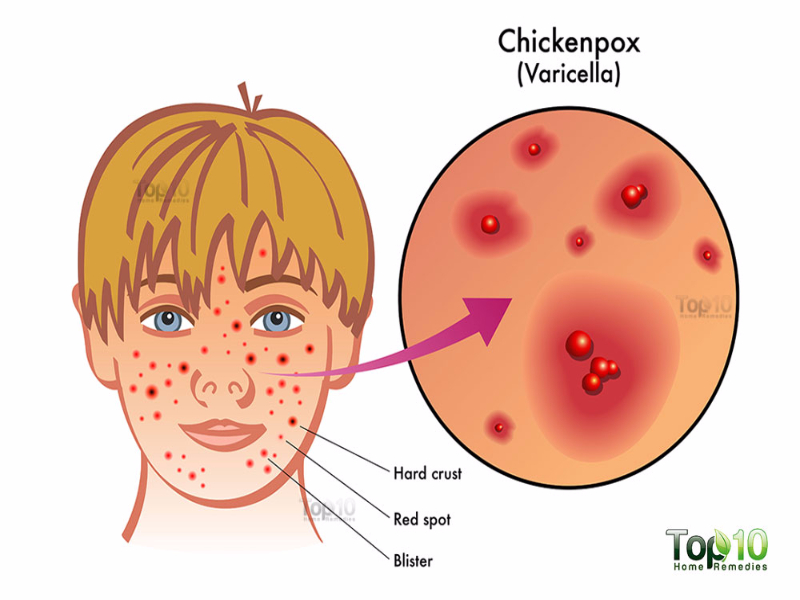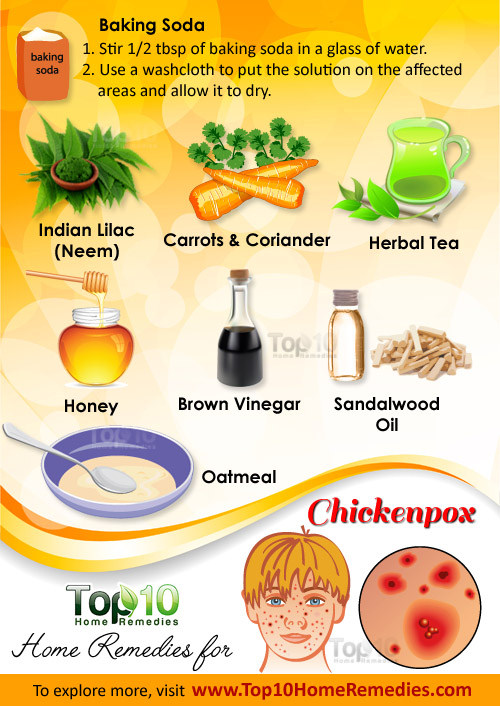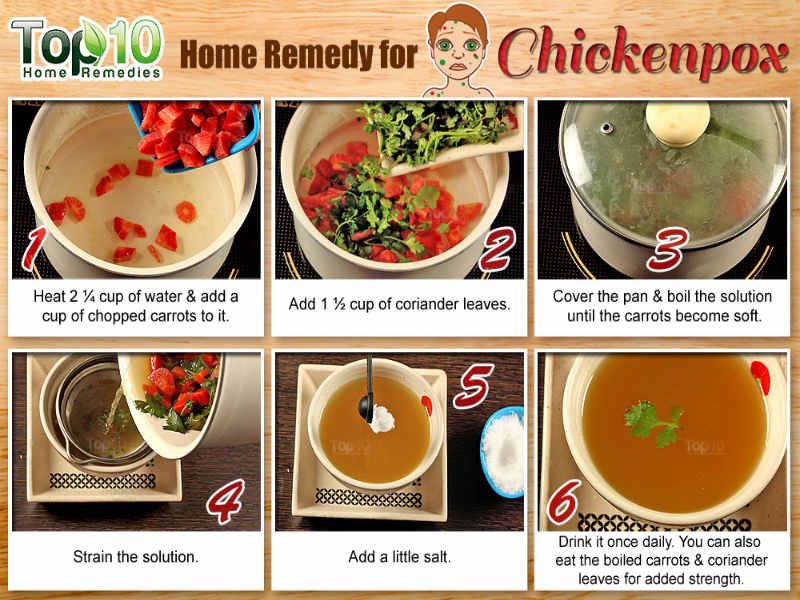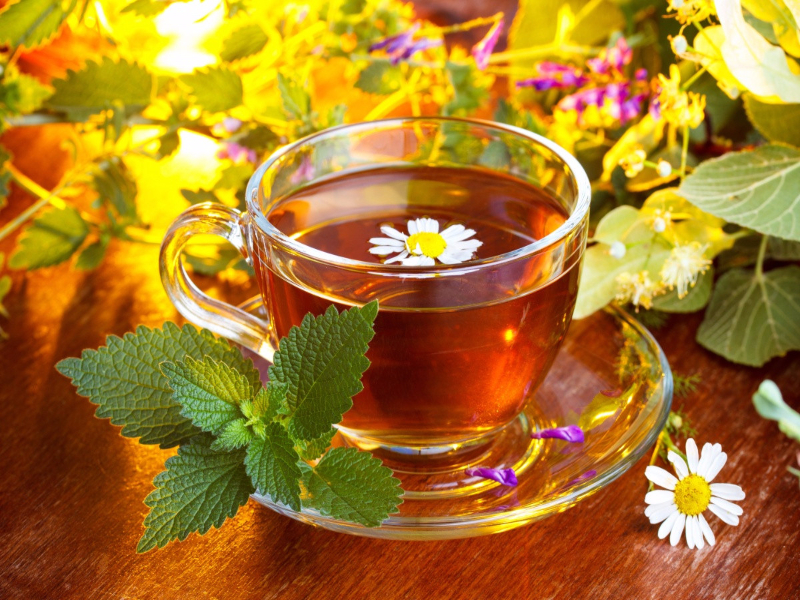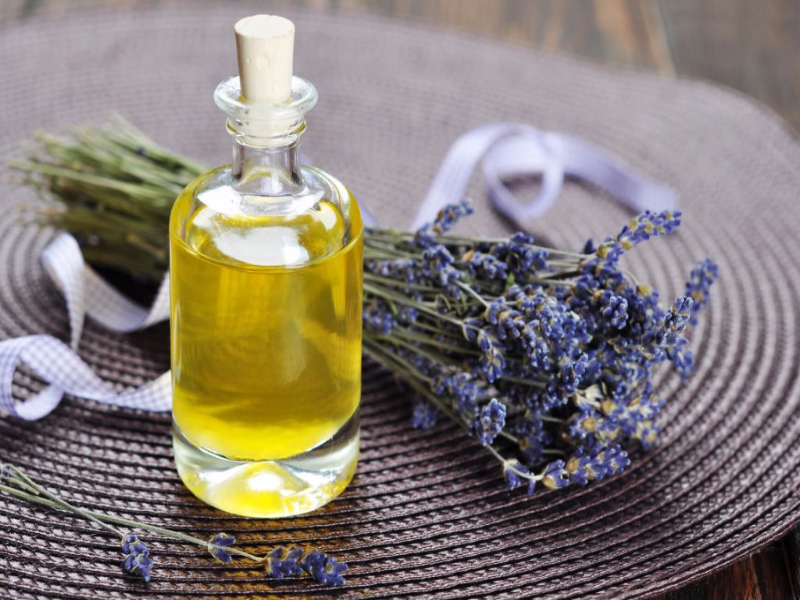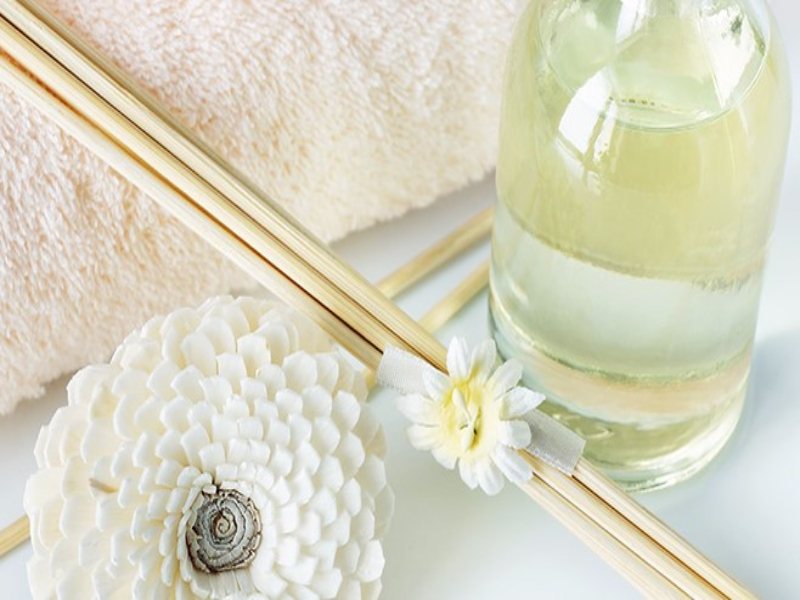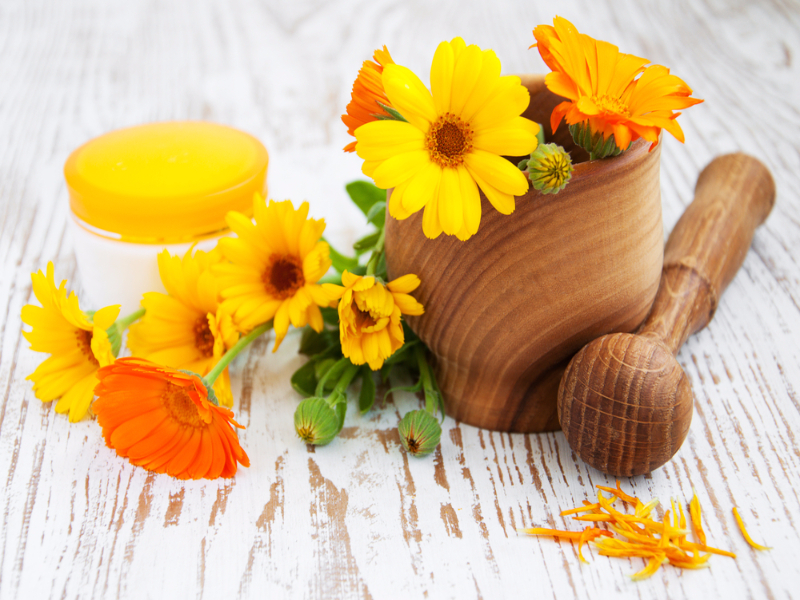This article is not completely about natural remedies, but it highlights the easily available home remedies to try and the warning point where you need to bring your kids to a proper dentist. Definitely worth giving it a try!
Via Livestrong.com: Toothache Remedies for Children
Tooth pain in children can be as distressing for the parent as it is for the child. A persistent toothache in a child usually indicates a problem that requires professional care. The most common causes are cavities and gum disease. Short-term tooth pain can also occur with a bump to the teeth, a small scrape in the mouth or food caught between the teeth. Sinuses, ear and jaw problems can also cause pain that feels like a toothache. Home remedies can help alleviate toothache pain in children, but see your dentist for any toothache lasting more than 24 hours.
Brush and Floss
Gently brush the teeth and floss on either side of the sore tooth to remove any food that may be wedged between teeth. If your child is old enough to brush and floss on her own, allow her to do so while you supervise to be sure it is done correctly.
Saltwater Rinse
If your child is old enough to “swish and spit” a saltwater rinse, it may help relieve toothache pain and reduce swelling around the sore tooth. Make the rinse by adding roughly a half teaspoon of table salt to a cup of warm water. Stir to dissolve the salt. Be sure the rinse is not too hot.
Give your child a sip of the rinse, instruction her to swish it around in her mouth, especially near the sore tooth. Have her swish for about 30 second and then spit the rinse into the sink. You can use the saltwater rinse every few hours if the pain continues. Just make sure your child spits out the mixture instead of swallowing it.
Ice Pack
Wrap an ice pack or a small bag of frozen vegetables in a towel. Hold the ice pack to the area of soreness for about 15 or 20 minutes. Depending on the problem, an ice pack may augment rather than relieve your child’s pain. If he complains, take the ice pack off. If ice provides relief, you can use it every few hours. Just be sure that the skin completely rewarms between applications. Do not put ice directly on the skin or the painful tooth.
Over-The-Counter Medication
Medication may temporarily relieve your child’s toothache pain. Acetaminophen (Tylenol) or ibuprofen (Motrin, Advil) can be administered, under the guidance of your child’s doctor. Do not give your child aspirin unless specifically instructed to do so by your child’s doctor. Benzocaine — a local anesthetic — can be applied directly to the affected tooth, following the directions on the package.
Warnings
Seek medical attention right away if your child has a fever with a toothache, you notice a lump near the sore tooth, his pain is severe or he has sustained a forceful blow to the mouth. Follow up with your child’s dentist for any toothache that does not go away with 24 hours or recurs.


